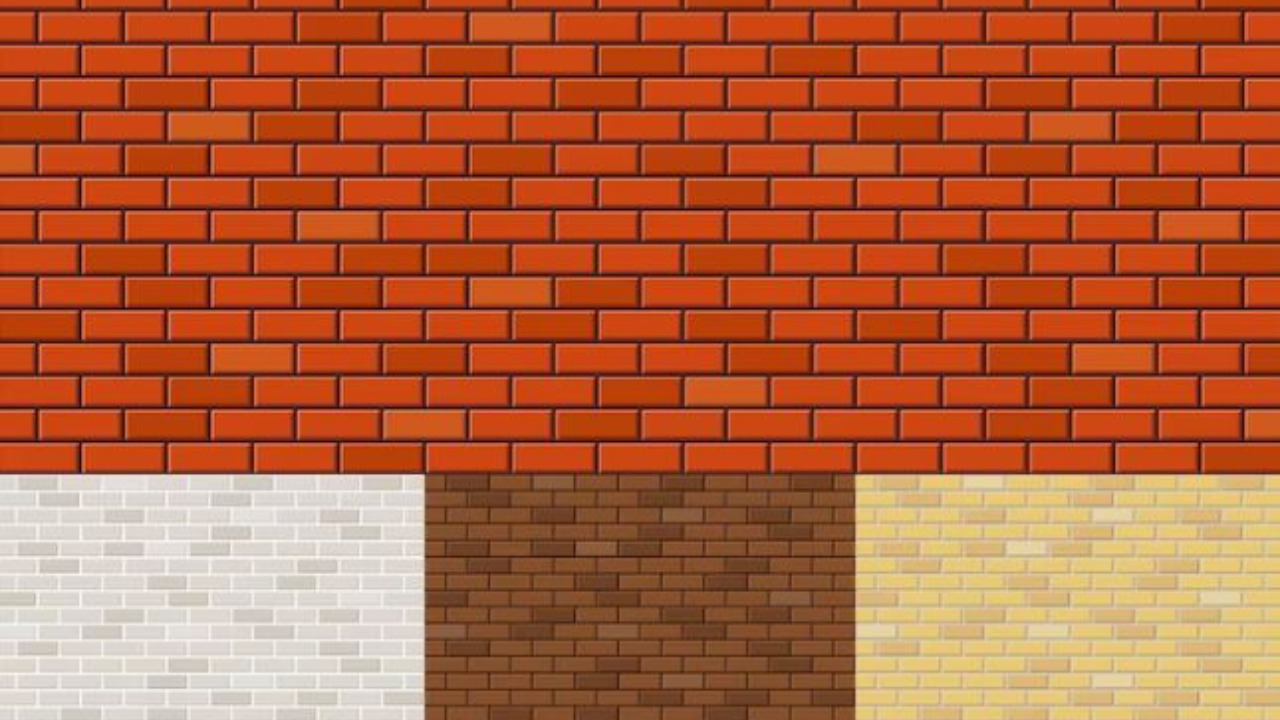Building a structure with walls and pillars is not a novel idea. One of our ancestors wanted to divide two spaces, which gave rise to the concept of a wall. The objectives of all types of walls are defense, privacy, and security.
The building materials have changed from the past to the present, but the goal remains the same. There was a time when specific methods were used to create walls out of dirt and debris. Then the stone wall appeared, and the elements are still improvising now.
Every day, new shapes are being added to various types of walls due to developments and changes. In this blog, we will discuss some of the most visually appealing walls to choose for your next building project.
Table of Contents
Different Types of Walls Used in Building Construction
There are many types of walls in the construction world. Let’s walk through these types:
Retaining Wall

A retaining wall is a structure that holds up the soil wedge and keeps it from sliding. Both sides of the wall have uneven ground, and it can tolerate the lateral pressure of soil.
Retaining walls and their substitutes come in several varieties. We’re going to share the most popular ones here:
- Gravity Retaining wall
- Cantilever Retaining wall
- Stacked wall
- Earth walls anchored
Another kind of retaining wall is a seawall. These wall designs have water on one side and soil on the other. Another well-known example of a retaining wall is the wall in the basement. The retaining walls increase the value of your property, thereby boosting its resale value.
In addition, retaining walls are frequently found in dams, on construction sites, on hills, and along the coast.
Precast Concrete Wall
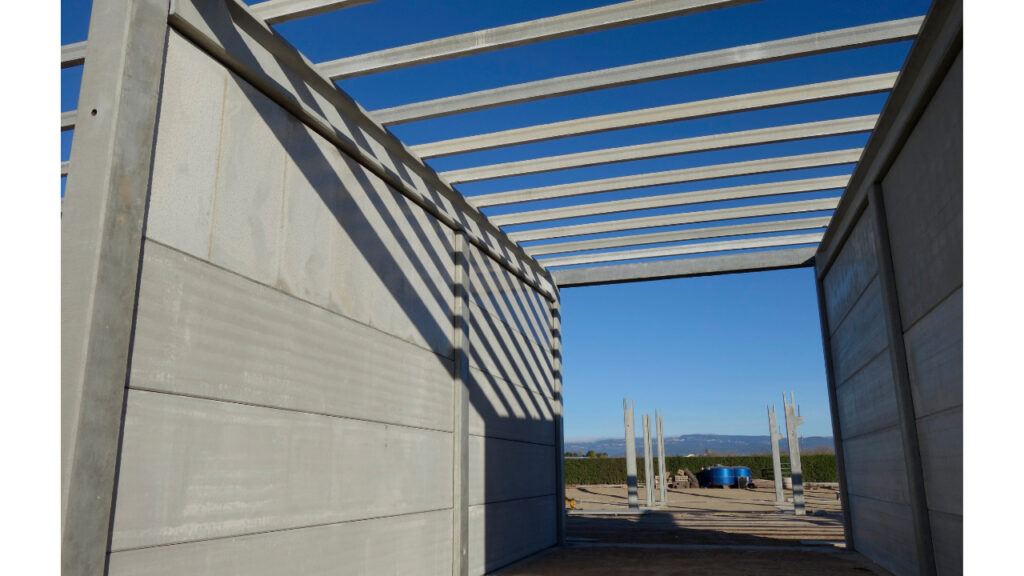
Precast wall types have a long history that began in the Roman Empire. The material was placed into a mold by the builders of the day, who used it to create a slab for walls.
The exterior of the precast concrete wall is durable and resistant to bad weather. Precast is the process of providing a shape before placing.
For different kinds of concrete blocks, multiple mold sizes are needed to achieve the right shape, and the entire process is done inside. Depending on the required strength and texture, several types of rocks are used.
Modern technology allows you to easily create different walls (even enormous ones) using different molds, sometimes built with cranes. It also allows you to combine the pieces in the machine and adjust the size as needed.
Load Bearing Wall
Another name for a load-bearing wall is a bearing wall. A load-bearing structure has no columns or beams; instead, the wall bears the entire weight. It is among the first wall inventions that Gothic designers employed.
You can use load-bearing walls in the exterior or interior. Since the weight of the above floor is supported by an interior load-bearing wall, remodeling or removing the wall without external support is difficult.
To reconstruct a wall without demolishing the entire structure, a beam must provide support. Be cautious whenever working with load-bearing walls.
Bricks, solid blocks, mortar made of cement or lime, sized stone masonry, random rabble masonry, etc. are the materials used in load-bearing wall types.
Boundary Wall
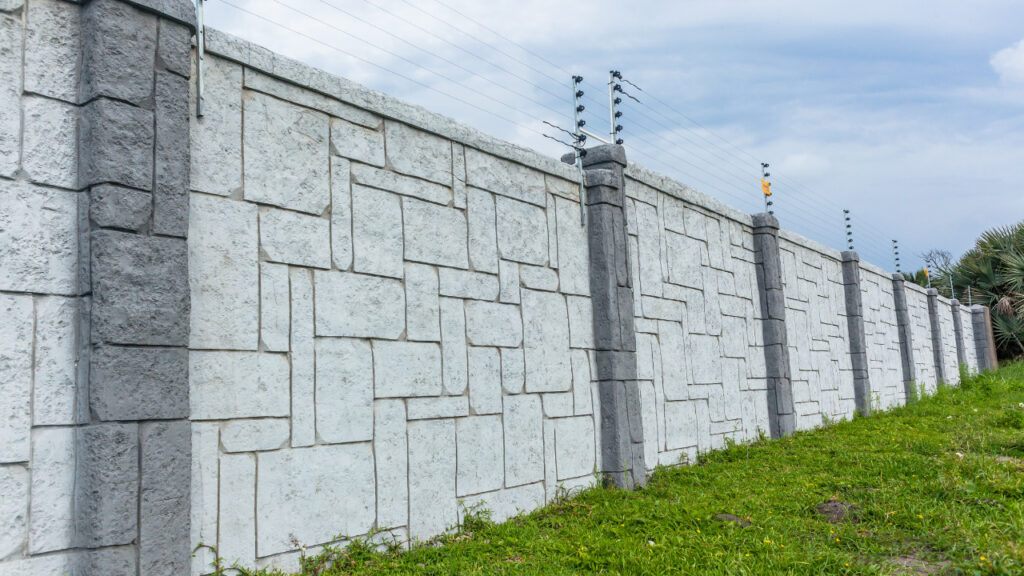
By erecting itself like a shield, a boundary wall encloses a building and provides security.
Plots are typically divided by this wall, and buildings are secured within a compound area. It gives depth to the arrangement and serves as a fire-separating block in addition to offering privacy.
In some ways, a boundary wall can replace a fence since it can be constructed from a variety of materials. Of all, brick walls are the most widely used and resilient.
A wall of this kind is not non-bearing. The columns should provide the necessary support for the wall to remain stationary and not collapse.
Core Wall

The core wall is present in the center of the structure. It adds to the building’s strength by retaining the force in a sideways direction.
When walls in a structure have cores, it means that they go continuously from the base to the top.
A core wall lessens the torsional effect because it is constructed in the center of the structure. The structure is shielded by this wall from lateral forces such as earthquakes and strong winds.
A core wall is a composite of shear walls, even though some people mistake it for a shear wall.
Non-Load Bearing Wall / Drop Wall
A non-load-bearing wall cannot sustain or support the weight of any slab or the floor above it. This wall is also known as a “drop wall,” “falling wall,” or “partition wall”. Its primary function is to divide spaces.
Typically, a non-load-bearing wall is used to divide rooms in a house. You can adorn them with artwork, framed pictures, wall paneling, and other materials.
There are different kinds of non-load-bearing walls; hollow brick walls, hollow concrete block walls, and facade brick walls even just among brick walls. That’s not even talking about the more commonplace items these days, like plasterboard, plywood, and rolls or batts of insulation.
You don’t have to worry about damaging your building if you decide to rebuild your non-load-bearing wall. It does not affect a structure’s overall strength.
Brick Masonry Wall

Masonry is the process of constructing a wall by stacking individual brick units and using mortar to seal the gaps.
One of the most typical types of walls is a brick masonry wall. If the same bricks and mortar are used throughout construction, many walls may have a uniform appearance.
The glue used in this instance is called mortar, and it’s placed in between each brick block. When constructing a wall, the quantity of bricks is arranged to give the wall’s shape.
Rubble Stone Masonry Wall
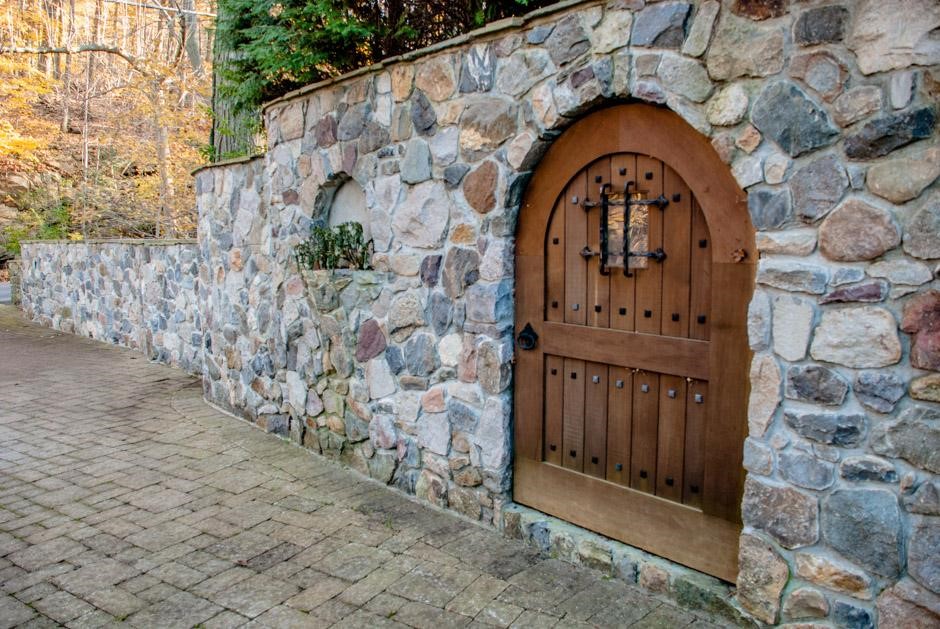
Stones of different sizes are used in rubble masonry, sometimes referred to as rubble work, to build walls. They stay put because of the mortar.
The quality of the mortar, the regular placement of long stones, and the appropriate filling of the mortar voids created by the stones all affect how strong the wall is.
There are various types of this kind of wall. They are as follows:
- Dry masonry made of rubble
- Masonry made of course rubble
- Unsourced masonry made of rubble
- Haphazardly constructed masonry
- Two types of rubble masonry are polygonal and Flint.
A masonry wall made of rubble is typically built as a boundary wall.
Reinforced Brick Wall

A brick masonry wall is not the same as a reinforced brick wall. Iron bars or mesh are also used in this type of wall, in between the brick stacks.
The wall is resistant to seismic loads because of the steel reinforcement. The ability to dissipate energy may also rise in this situation.
There are three categories for walls made of reinforced masonry. They are as follows:
- Hollow unit wall with reinforcement
- Strengthened cavity wall with grout
- Robust pocket-style wall
Although these wall designs are very strong and long-lasting, it won’t be a huge loss if they need to be completely rebuilt, dismantled, or repaired.
Cavity Wall
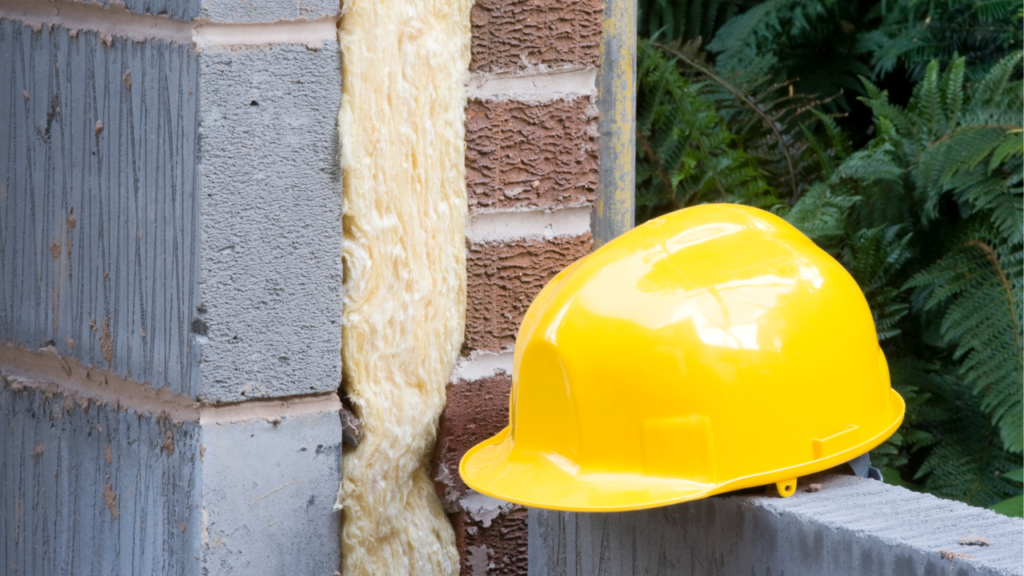
The cavity wall was first introduced in the United Kingdom in the 19th century. The gap is what “cavity” refers to. Therefore, a wall with a hollow space between two walls is referred to as a cavity wall.
The space isn’t meant to stay that way. There are many different cavity wall insulation options available today. The project is finished once this insulation is installed in the area.
Your house interior stays at a comfortable temperature because the cavity walls keep heat and cold from passing through.
Shear Wall
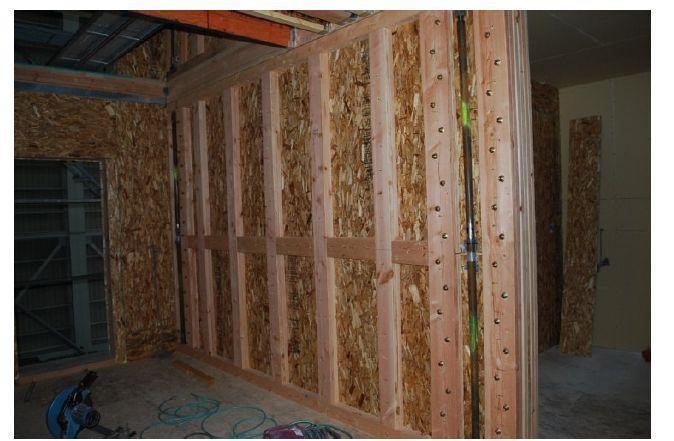
A shear wall is a type of structural member that resists lateral forces. We refer to seismic load and wind force as lateral forces. The horizontal forces are resisted by it.
Because shear walls produce such good results, many international building codes already incorporate shear walls into their designs.
Modern architecture is increasingly witnessing the construction of high-rise buildings. The proper placement of a shear wall can more effectively reinforce the structure of a high-rise compound.
Shear walls usually have a shear panel and are light-framed. Steel panels or walls can be used to reinforce panels.
Parapet Wall
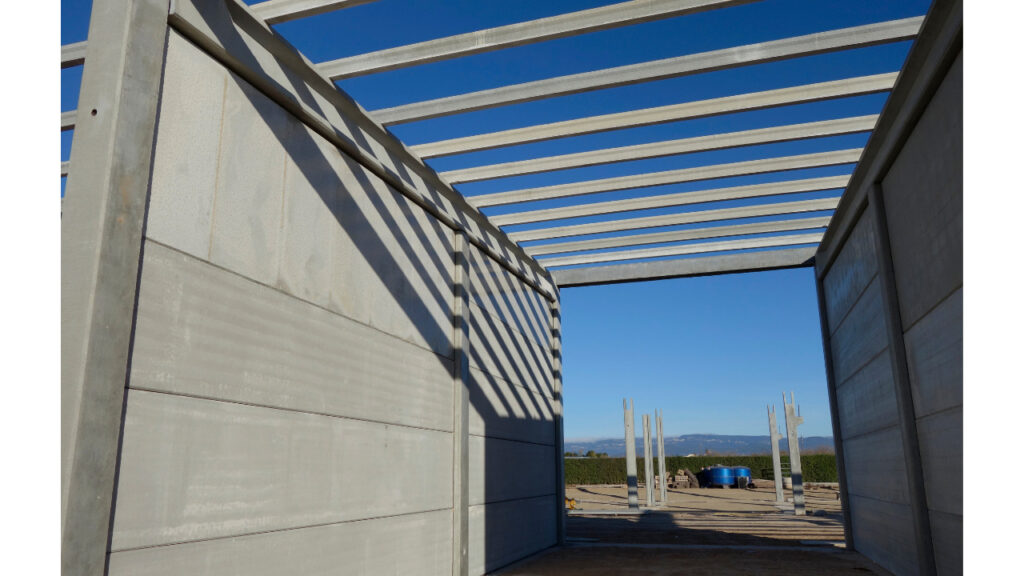
A barrier that protrudes above the roof line is called a parapet wall. A parapet wall’s typical height is three feet, and its minimum thickness is three inches. The typical building material for a parapet wall is brick.
To ensure that nothing falls off of the roof, terrace, or balcony, these various walls form a safety barrier. In addition, the wall shields the roof from debris and dust.
Different parapet wall types include paneled, embedded, perforated, and plain parapet walls. These are rare in contemporary home architecture, but they are common in most castle designs. Using insulated wall panels in construction has lots of benefits.
Identify Your Home Walls Now!
A sturdy wall gives you adequate shelter, privacy, and protection from disasters. Furthermore, we occasionally overlook the architectural qualities of many different kinds of walls.
It’s surprising how much more fascinating the history is that lies behind the various types of walls. Thus, it is never a waste of time to learn about walls, whether or not you are employed in the construction sector.
If you are looking to understand different wall types to choose one for your home construction, you can start from this guide.

